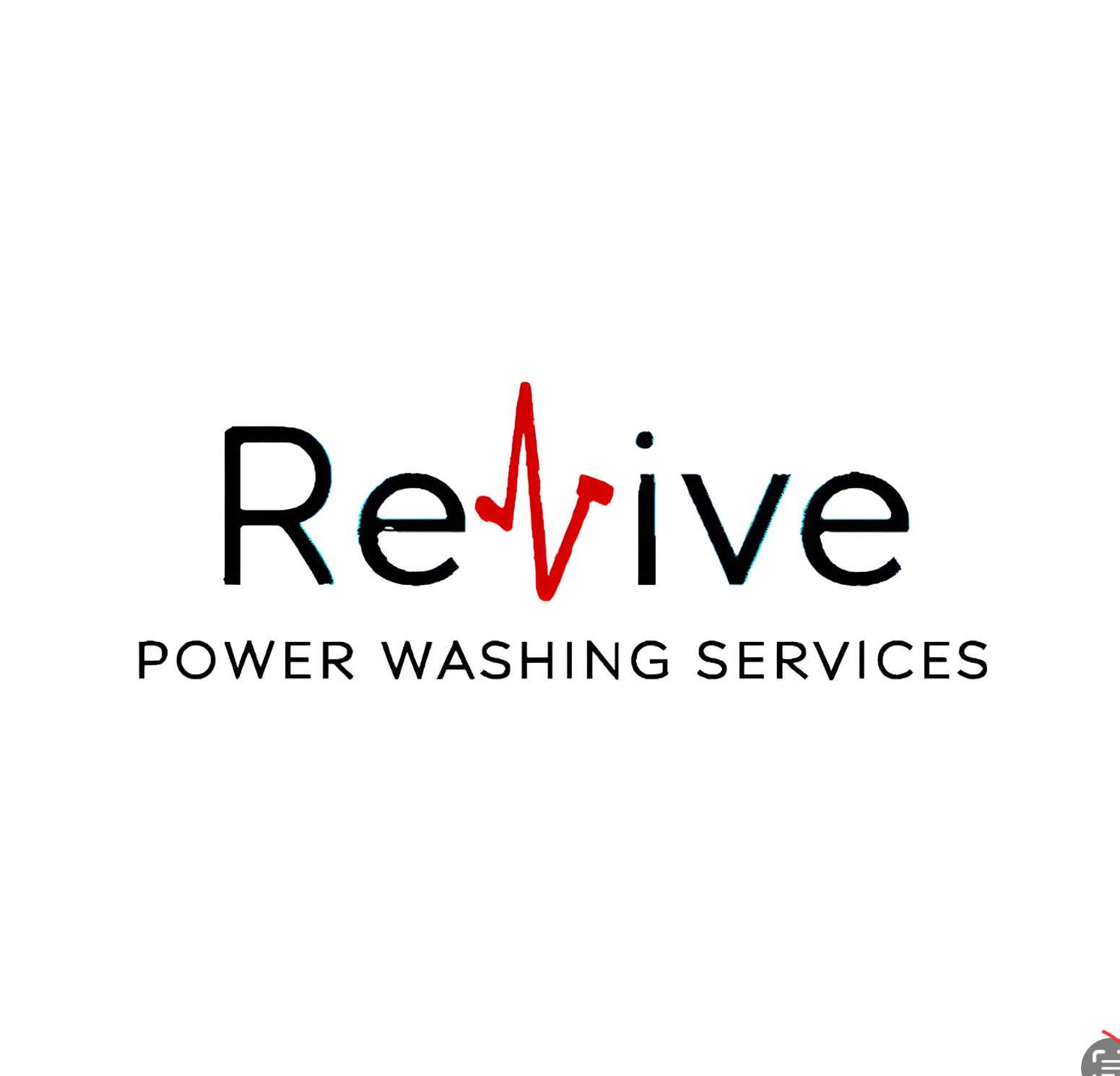How Often Should You Pressure Wash Your Property?
Understanding the Importance of Pressure Washing
Pressure washing is an essential maintenance task that helps keep your property looking pristine and extends the life of surfaces like siding, decks, driveways, and walkways. Over time, dirt, grime, mold, and mildew can accumulate, leading to unsightly stains and potential damage. Regular pressure washing can prevent these issues, but how often should you do it?
The frequency of pressure washing depends on several factors, including the type of material, climate, and the level of exposure to dirt and pollutants. By understanding these variables, you can determine the optimal schedule for maintaining your property.

Factors Influencing Pressure Washing Frequency
Type of Surface
Different materials require different levels of care. For instance, vinyl siding may need to be pressure washed more frequently than brick or stone. Wood decks and fences, on the other hand, are more susceptible to mold and mildew and may require more regular cleaning.
Climate and Weather Conditions
Areas with high humidity or frequent rainfall are more prone to mold and mildew growth. If you live in such a climate, you may need to pressure wash your property more often. Conversely, dry and arid regions may not require as frequent cleaning.

General Guidelines for Pressure Washing
Residential Properties
For most residential properties, a thorough pressure washing once a year is sufficient. This annual cleaning helps remove accumulated dirt and grime, keeping your home looking fresh. However, you may need to pressure wash more frequently if you notice significant buildup or live in an area with harsh weather conditions.
Commercial Properties
Commercial properties often experience higher foot traffic and exposure to pollutants. As a result, they may require more frequent pressure washing, typically every 4 to 6 months. Regular cleaning ensures a welcoming appearance for customers and clients.

Special Considerations
Seasonal Cleaning
Seasonal changes can also impact the need for pressure washing. For example, spring is an excellent time to clean away winter grime, while fall can be ideal for removing leaves and debris. Adjusting your pressure washing schedule to align with seasonal needs can help maintain your property's appearance year-round.
Specific Problem Areas
Some areas of your property may require more frequent attention. For example, shaded areas are more likely to develop mold and mildew, while high-traffic zones like driveways and walkways can accumulate dirt faster. Identifying these problem areas and addressing them as needed can help maintain overall cleanliness.
Signs That It's Time to Pressure Wash
Even with a regular schedule, there are signs that indicate it's time for a pressure washing session:
- Visible dirt and grime buildup
- Discoloration or staining on surfaces
- Mold or mildew growth
- Slippery surfaces, especially on walkways and decks
By paying attention to these signs, you can ensure your property remains in top condition.

Conclusion
Pressure washing is a crucial part of property maintenance that helps preserve the appearance and integrity of your home or business. By considering factors like surface type, climate, and specific problem areas, you can determine the optimal frequency for pressure washing. Regular cleaning not only enhances curb appeal but also prevents potential damage, ensuring your property remains in excellent condition for years to come.
